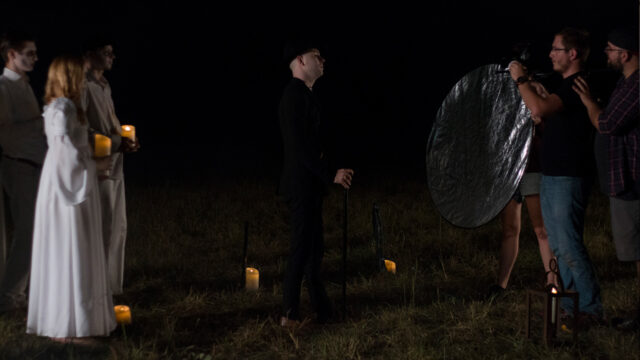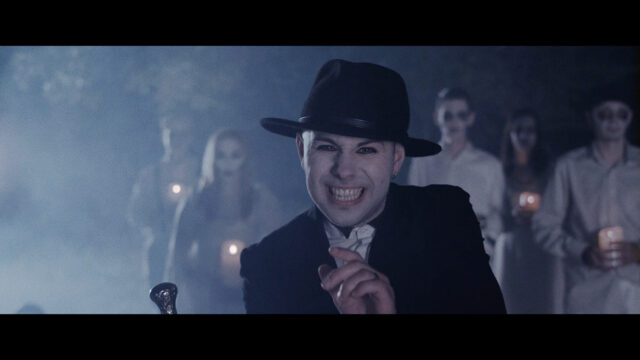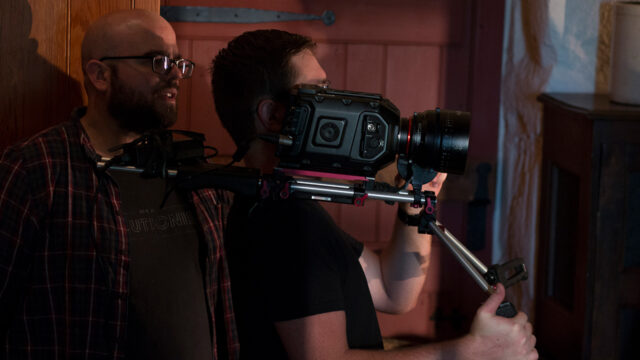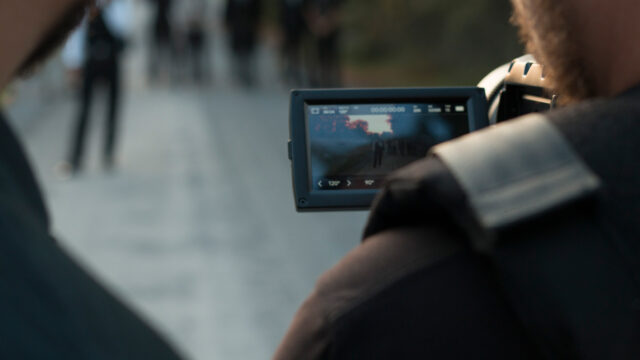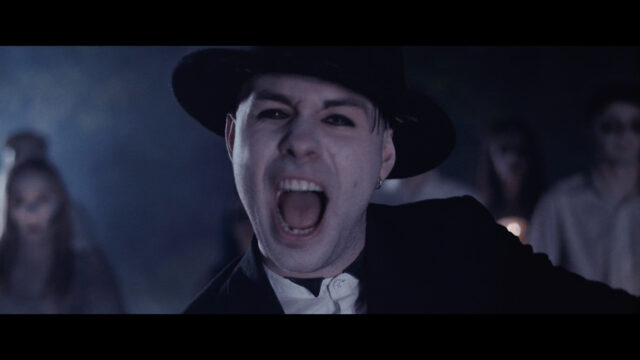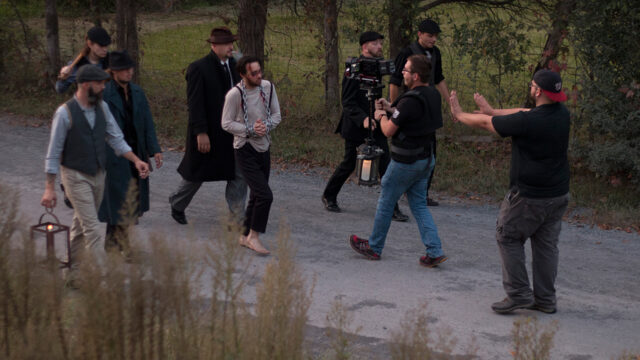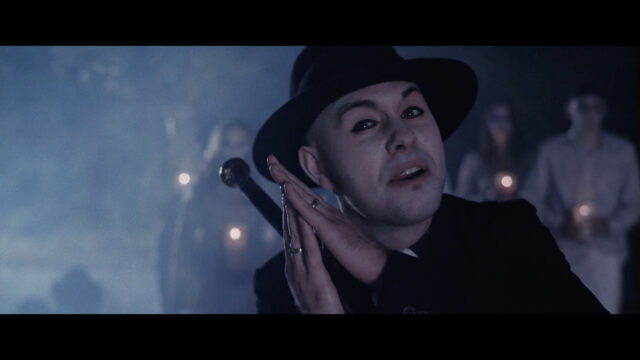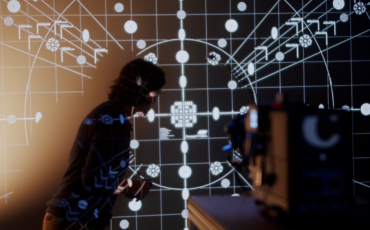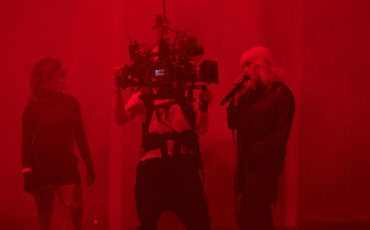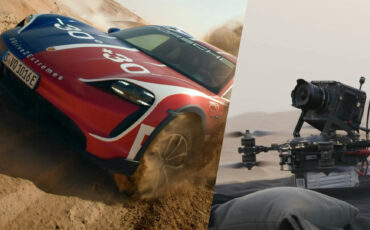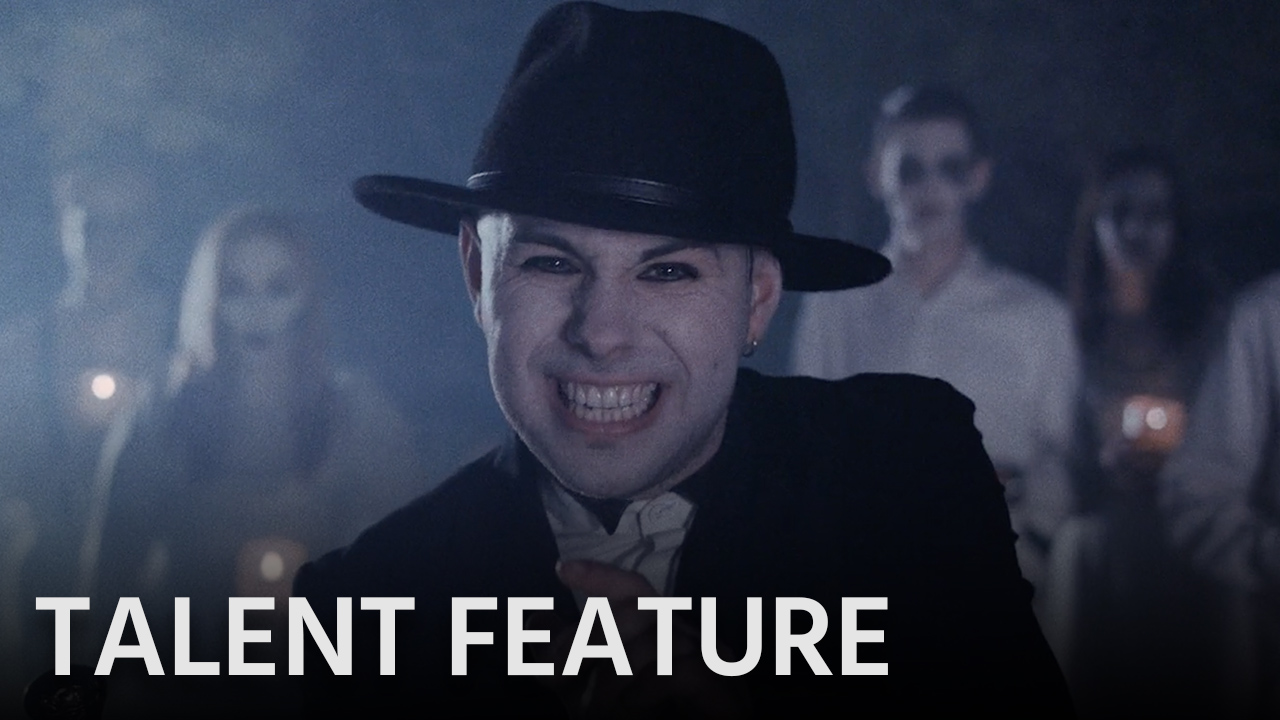
My name is Colin J. Mason and I’m from the Northern VA/Washington DC area. I am a director, photographer, musician, and I co-own the independent studio Mirandum Pictures along with my lifelong friend and business partner Mike Powell. Our people have done film work in 15 countries on 5 continents since 2006 and we work with amazing craftsmen from just about every discipline to bring our creations to life.
Name and age: Colin J. Mason, 32 years old.
Currently based in: Northern VA/Washington DC area.
Language(s) spoken: English, Spanish.
Occupation: Director.
How did you get started in our industry? My business partner Mike and I always joke that we were film nerds with big dreams and then suddenly the internet came along and we had jobs. We were scraping along, trying to get work wherever we could and making cheap films in the early 2000s with the Panasonic DVX100 (remember that one?). When YouTube and Vimeo really took off and more and more people were getting smartphones and faster internet connections, suddenly the demand for quality video skyrocketed. Like many young filmmakers, we were right on the cutting edge of that revolution and have been benefitting from it ever since.
Current assignments: I can’t talk about all of them, but we’ve been handling a lot of mini-documentaries at Mirandum Pictures, including one about Flying Dog Brewery and their Raging Bitch IPA controversy, as well as some fun music video projects we have coming up.
What types of productions do you mostly shoot? Things are pretty diverse at Mirandum Pictures, which is how we stay in business. Like most directors at our level, we do lean on commercials, music videos, and mini-documentaries. The dream, as with all of us, is to eventually move into more short films and eventually feature filmmaking.
What is your dream assignment/job in our industry, and what are you really passionate about? To be the director of a major motion picture whose story I’m deeply committed to. As a result, any client project that even resembles that always makes me really excited. I love doing music videos or narrative short films for that reason, and I’m always really excited when one of my clients commits to doing something truly creative.
In the work that you are presenting us, now that it is done, what would you have done differently throughout the production? That’s always tough for a filmmaker to answer. In this case, I’d have loved to have more time. We only had two days to shoot a tremendous amount of material under very difficult conditions: either in historic buildings, or outdoors in rural areas at night with no access to power or facilities. We didn’t have the budget to bring on the lighting equipment we really wanted for the outdoor work, so there was a tremendous amount of stress involved in doing the setups in the grave-digging scene in particular. More time would have helped a lot.
In connection with that, I would have most likely spent some of my own money and brought on at least one HMI light for the outdoor scenes, instead of relying on multiple tungsten sources, which provide beautiful light but just lacked the firepower we really needed. This would have saved us a massive lighting headache and it would have been well worth the expense.
What current camera, lenses and sound equipment do you use? What camera I use entirely depends on the project and the DP I’m bringing on. We’ve shot everything from RED cameras to GH5 to GoPro – it entirely depends on the client’s needs or the story we’re trying to tell. As I’ve moved from operating my own cameras to the director’s chair, I try not to become married to any particular system, and rather allow the needs of the project to dictate what tools we select.
In this case, we shot on the Blackmagic URSA Mini with two XEEN cine prime lenses: a 14mm and a 35mm. The URSA has a crop factor of 1.4x, which effectively turns the 14mm into about a 20mm, and the 35mm into about a 50mm. We also used a GlideCam 2000 for the motion shots since they were simple enough not to require a motorised gimbal. Nothing in the video was stabilized digitally.
All the sound was recorded onto a Zoom H4N through a Sennheiser MKH416P48, since there really wasn’t that much sound work (we only recorded audio for the opening scene in the prison and even the majority of that is design and ADR). For larger projects we use a combination of shotgun mics and wireless lavaliers from Sennheiser.
You chose to shoot your project with the URSA Mini. Can you please describe why you chose to use it, what was your workflow, were you happy with the results and will you ever go that way again? We chose the URSA because the budget for this video was tight, and URSA is a more inexpensive option than the RED, while remaining surprisingly robust. This video’s DP, Jacob Schwartz, has a lot of experience with the URSA Mini, especially on motion rigs, so that was another deciding factor.
This project was intended for release online with minimal VFX, so we were comfortable shooting in 4.5K ProRes instead of RAW. We also love the precise over/undercranking options the URSA offers, as we were doing a lot of work in this project with in-camera frame-rate tricks. The performance portions of the video were either shot in 48 fps to a sped-up track of the song, or shot in 12 fps to a slowed-down track of the song for the jerky dance portions. Even a lot of the action was slightly overcranked to give it just a little more weight without the motion seeming overly slow.
At Mirandum Pictures, we work on custom-built high-performance PCs, which provide more bang for the buck than Macs. The whole studio works off a common server and each project has its own hard drive. We edit on Premiere CC and used the proxy functionality to generate lightweight footage proxies to make the fast-paced edits easier. Once the cut was locked, the VFX were done by Anthony Pilon, a really talented VFX artist and animator who handled the gunfire and bullet hits. For VFX work we always export ungraded PNGs from the locked Premiere project and all VFX work is rendered back out as PNGs before being added back into the project.
For the gunfire, we had a little 150-watt ARRI light that we rapidly flagged and un-flagged to to create the practical strobing light effect. Anthony added muzzle flare, shell casings, bullet hits, and some smoke in After Effects, before doing additional rendered smoke in Blender and adding that to the After Effects composition.
Sound design was done in Sony Vegas 13 and Adobe Audition. I did the color grade using Lumetri in Premiere, starting with a Kodak Elite Color 200 LUT and a 35mm Fuji medium grain overlay before the final project was exported as an H.264 for upload to Vimeo and Vevo.
What’s your favorite light equipment and why did you choose that kit over other solutions? Lighting equipment is so project-specific it’s hard to pick a favorite. I try to stay mentally flexible and not get too attached to any specific lighting solution since we handle so many different kinds of projects. However, I will say that I have had good experiences with ARRI lighting in general. We used two ARRI T1s on this project with some modifiers and were able to handle the vast majority of the lighting that way. For the outdoor scenes I would have loved to have a Joker, but the T1s did fabulously for most everything else.
I also brought on two Quasars and was able to take care of a lot of the supplemental lighting that way. Quasars aren’t really appropriate as key light for most projects, but they are flexible secondary lights and can serve a lot of functions. On this video we used them to illuminate the doorway of the church in the grave-digging scenes, and they provided the soft warm glow coming through the door in the kitchen table scene.
Do you use drones or gimbals in your productions? If so, what is the most effective way you’ve found to deploy them? We use both drones and gimbals in our productions at Mirandum Pictures, particularly gimbals because of my love of wide moving master shots. I think that modern filmmaking often relies too heavily on cutting, and wide moving masters give the actors more freedom to stay in the scene and work with each other.
On this project we used a GlideCam 2000, but for work of any complexity we use the DJI Ronin 1 with a wireless follow focus and director’s monitor. A good 1st AC is essential for that setup but the results are really rewarding.
For drones, I try to only use them if the story calls for a stronger sense of place, usually for locations that have strong visual interest. They can provide some production value but oftentimes they are overused, so I can find them to be distracting. When we need work we hire a fantastic local operator named Brandon Habuda (http://www.imdb.com/name/nm3027573/) who has worked on projects like Birth of a Nation and Burning Sands.
What editing systems do you use? I edit in Premiere CC. Jacob works in Resolve and has been working on me to switch over – I’m a bit of a curmudgeon when it comes to changing editing systems. I probably will when their editing capabilities become more robust. It’s hard to beat Premiere’s integration into the rest of Adobe’s products, as well as its systems for file management and proxy-rendering.
How much of your work do you shoot in Log and what is your preferred way of colour correcting? We shoot everything in LOG. One of my least favorite things about the URSA is that it shoots in its own flavor of LOG that’s roughly similar to Sony S-LOG, but we have a LUT that converts that LOG space into C-LOG. I have a library of film LUTs that are specifically designed to work in C-LOG, so we always need to either shoot in that color space or convert into it using another LUT.
How frequently do you travel, and do you have any tips when it comes to packing your gear? We travel frequently for Mirandum Pictures, particularly to foreign countries. My main tips for packing? Pelican cases and packing foam. Don’t skimp on your packing materials and cases unless you enjoy having broken gear in a strange place. That, and that just about everything can be made to fit into a smaller space if you’re motivated enough.
To see more of Colin’s work at Mirandum Pictures, head over to mirandumpictures.com.
